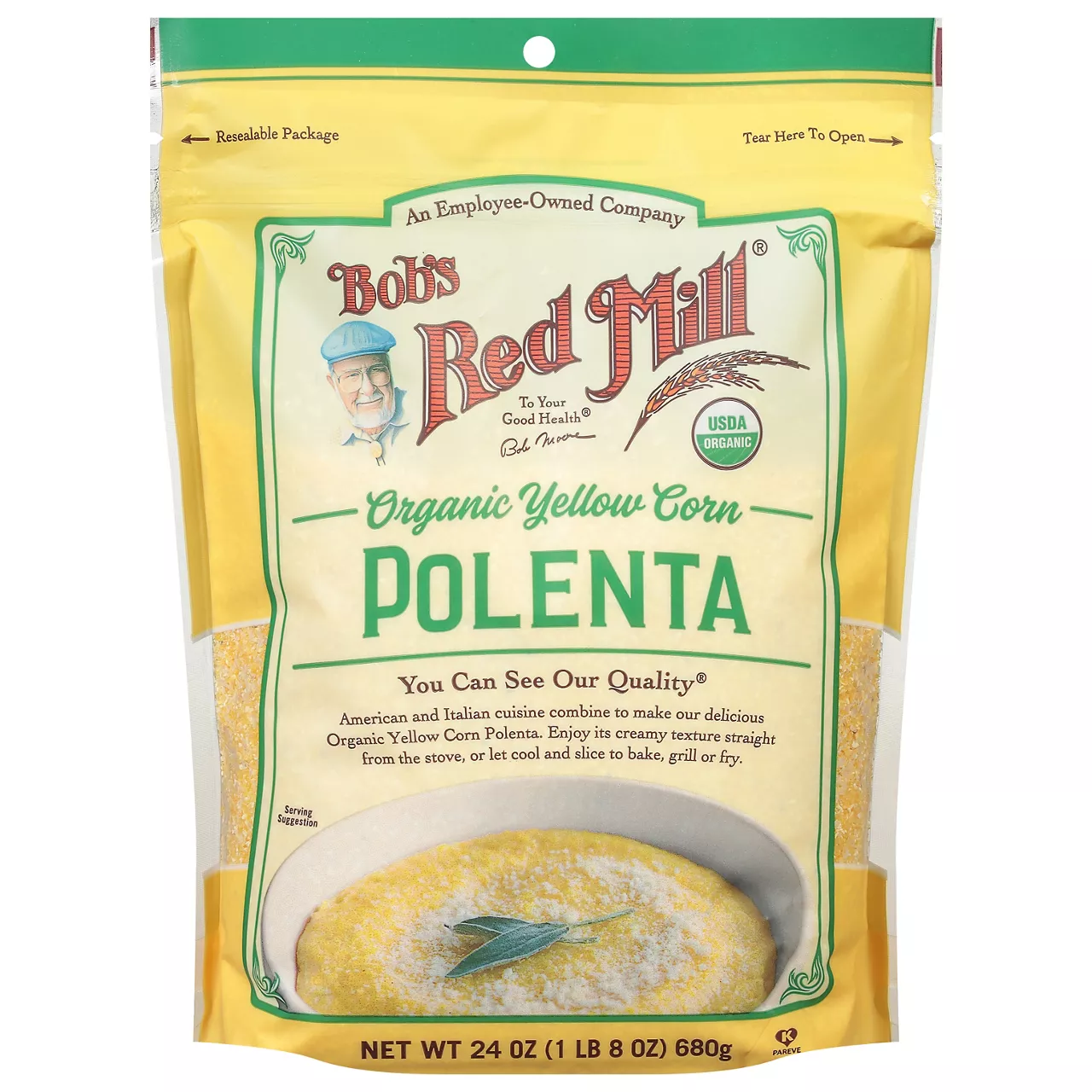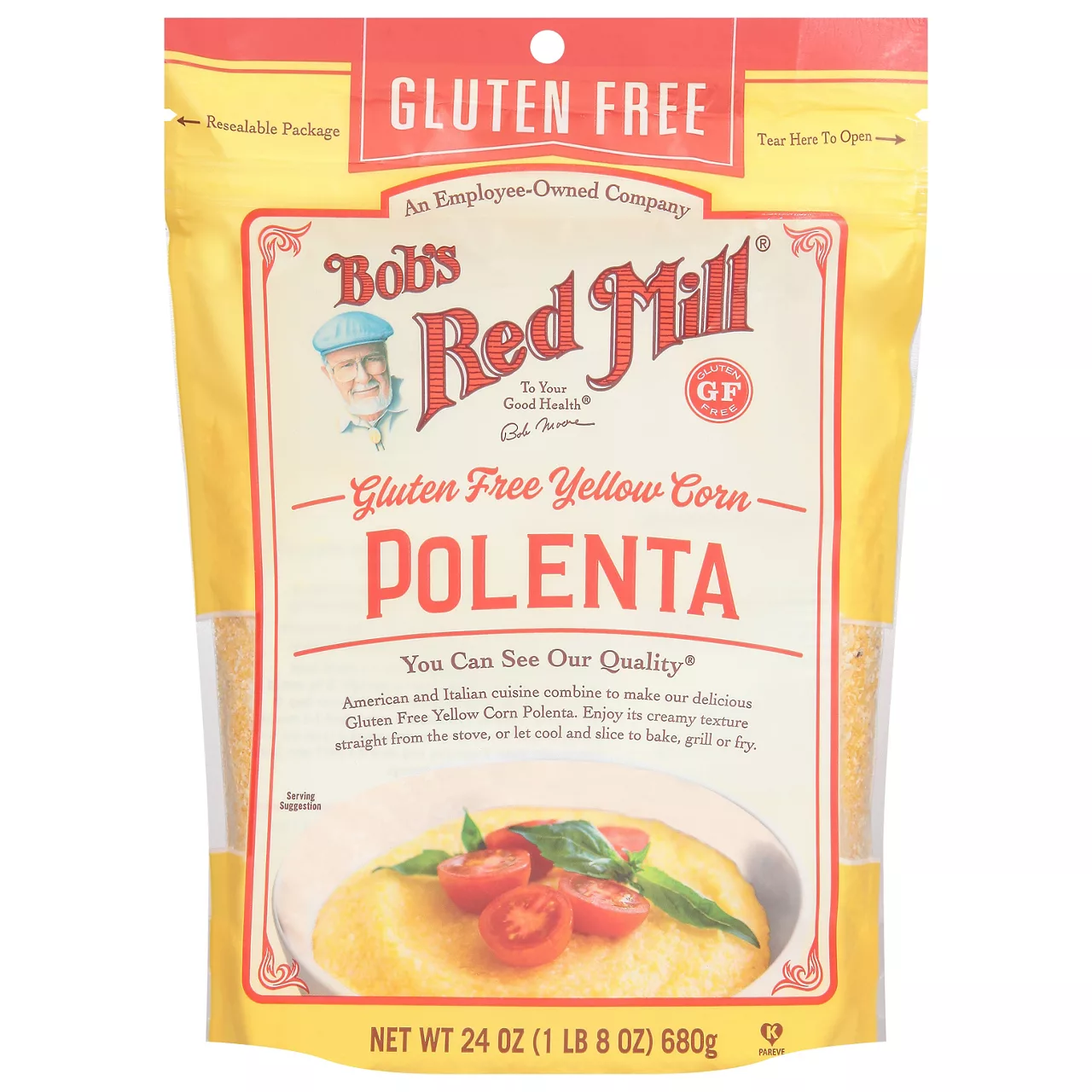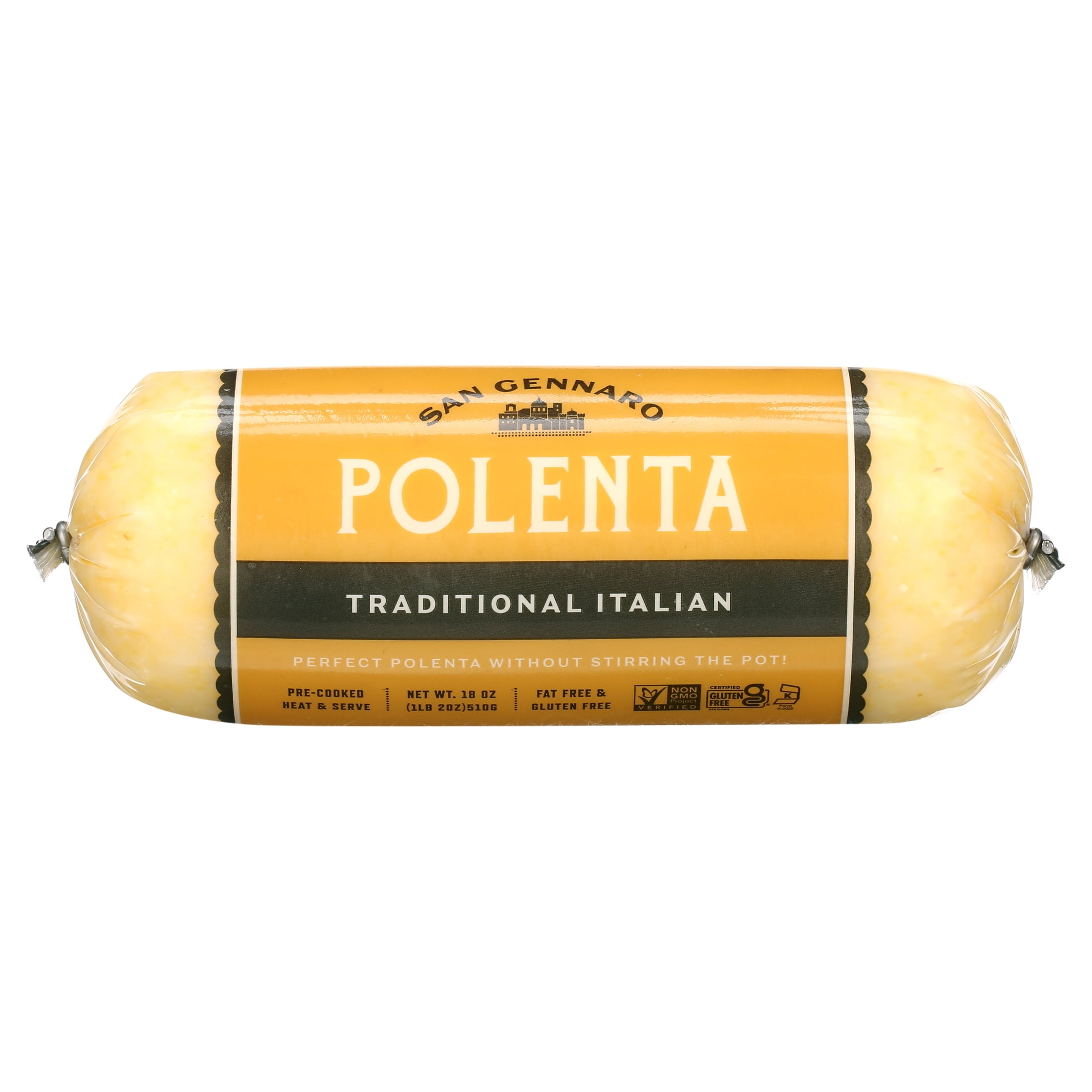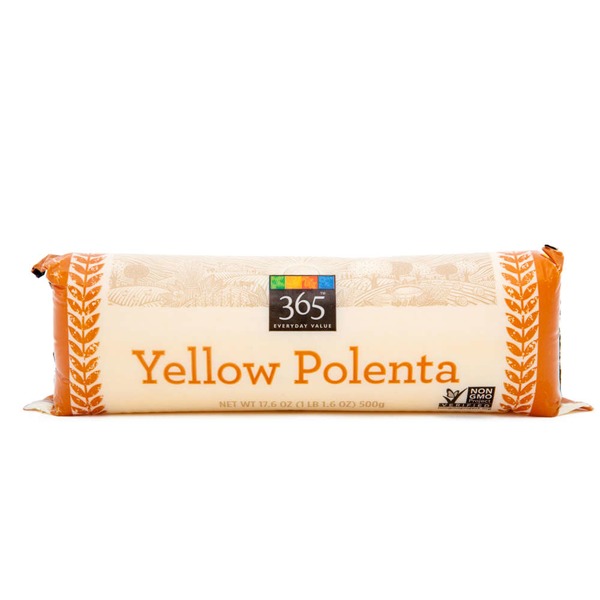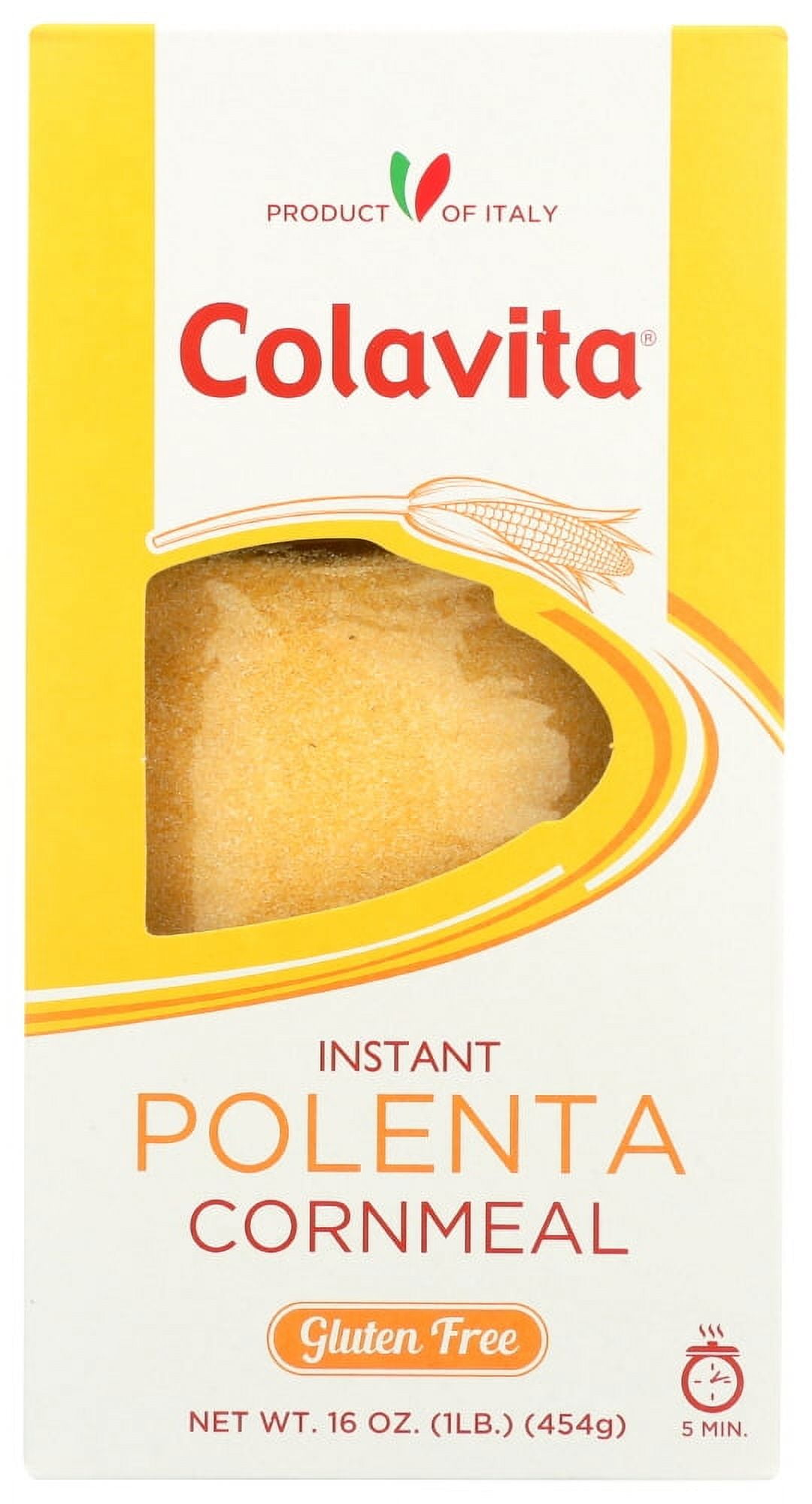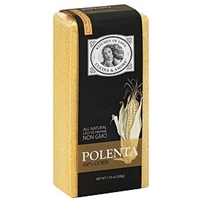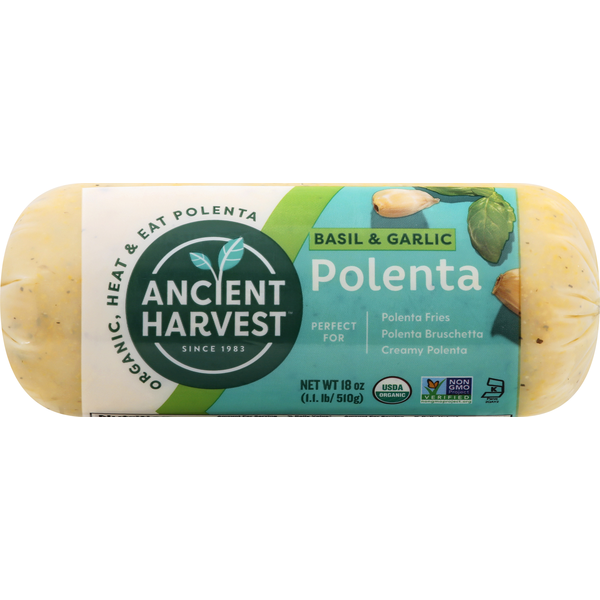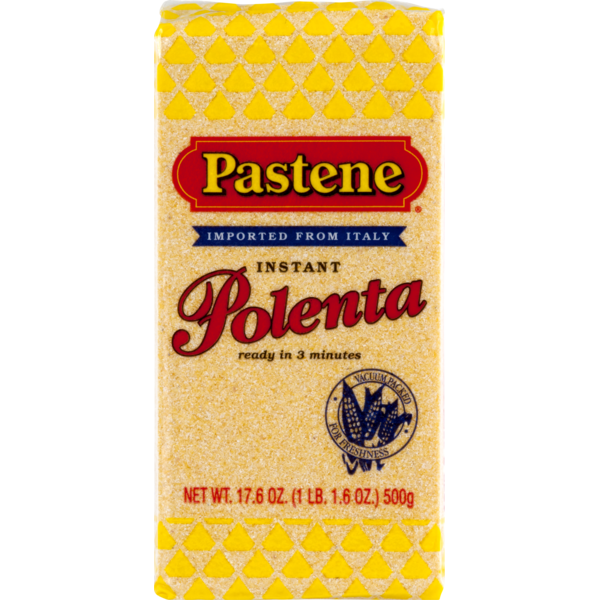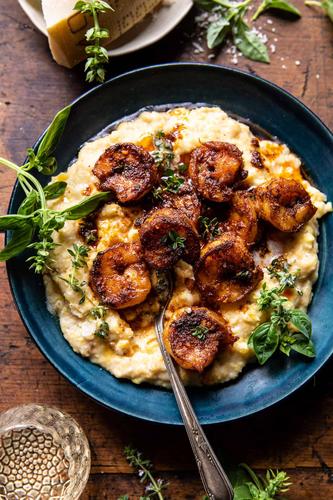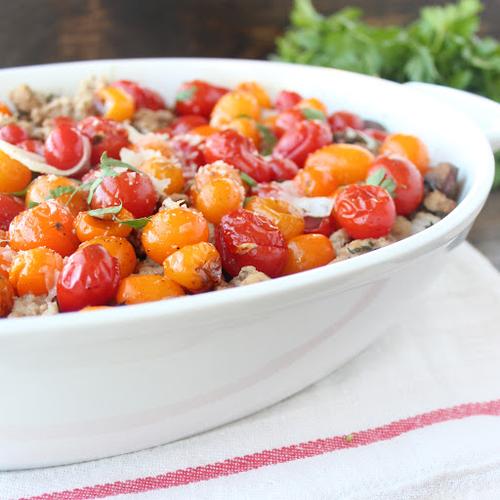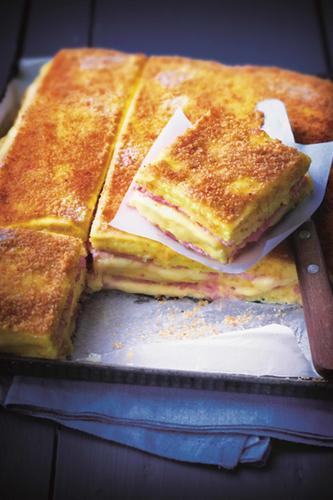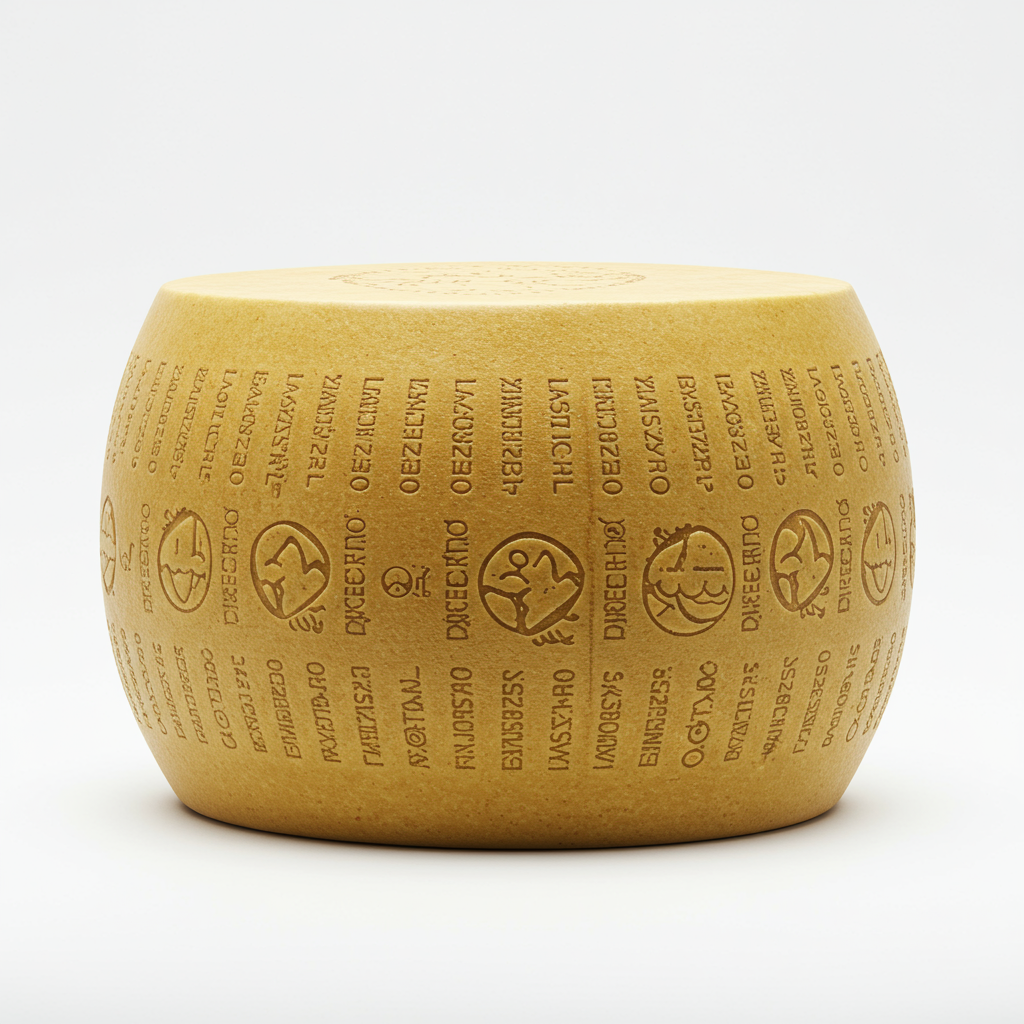SIDE DISHES
MAIN DISHES
APPETIZERS
Polenta
Polenta is a versatile and hearty Italian staple made from ground cornmeal. It boasts a creamy, slightly nutty flavor and a comforting, porridge-like texture. This dietary and gluten-free alternative is traditionally consumed as a side dish or base for various preparations, providing a nutritious option for those seeking alternatives to standard grains.
Polenta can be served soft, creamy, or grilled, depending on personal preference and dish requirements. Often paired with savory sauces, vegetables, or meats, it can easily elevate a meal with its satisfying taste and texture. With a long shelf life and straightforward preparation, polenta will quickly become a go-to in any home cook's pantry.
90%
CARBS
0%
FAT
10%
PROTEIN
155 Polenta Products
Bob's Red Mill Polenta, Organic, Yellow Corn
Bob's Red Mill Gluten Free Yellow Corn Polenta - Case of 4
Bob's Red Mill Yellow Corn Polenta
San Gennaro Traditional Italian Polenta
Polenta
365 Everyday Value 365 Everyday Value, Yellow Polenta
Colavita Instant Polenta Cornmeal
Polenta 100% Corn
Ancient Harvest Polenta, Basil & Garlic
Pastene Instant Polenta
Used In 12 Recipes
3
Crispy Baked Polenta Fries with Garlic and Black Pepper
5
Crispy Golden Polenta Fries with Roasted Garlic Dip
4
Zesty Shrimp with Creamy Parmesan Polenta
369
Spicy Garlic Lemon Butter Shrimp with Parmesan Corn Polenta
26
Oven Polenta with Roasted Mushrooms and Thyme
2
Easy Ratatouille Recipe with Creamy Polenta
1
Italian Polenta Turkey Casserole
2
Polenta Croque Monsieur
Polenta Is Frequently Used With
Polenta FAQ
Cooking with polenta often stirs up a myriad of questions primarily due to its varied usage and cooking methods. The most common pitfall when using polenta is overcooking which results in a lumpy texture instead of the desired creamy consistency. Under seasoning is another common error, as polenta has a mild taste and requires a fair amount of seasoning to enhance its flavor.
To get the most out of polenta, gradually whisk the cornmeal into boiling water or broth to prevent clumping. Keep the heat low and stir continuously for a smooth, creamy texture. You can maximize the flavor by adding cheese, herbs or butter after cooking.
A great kitchen hack when dealing with polenta is to pour leftover cooled polenta in a loaf pan and slice it for grilling or frying later. These slices can be a great base for various dishes. Also, you can experiment with polenta in desserts as well - it adds an interesting texture and flavor to cakes and cookies.
Can I use cornmeal to make polenta?
Is polenta the same as grits?
Do I have to use water to cook polenta?
Why is my polenta lumpy?
How can I use leftover polenta?
Can I add flavors to my polenta?
Does polenta need to be soaked before using?
Is polenta a good gluten-free option?
Can I use polenta in desserts?
Can I use polenta as a substitute for cornmeal in a recipe?
Expiration & Storage Tips
When does polenta expire?
Unopened polenta packages can last up to 1 year past the printed expiration date when stored in a cool, dry place. Once opened, dry polenta should be stored in an airtight container and will last up to 6 months. However, cooked polenta has a significantly shorter shelf life and should be consumed within 4-5 days if refrigerated. When frozen, cooked polenta can last up to 2 months.
How do you tell if polenta is bad?
Spoiled dry polenta will typically adopt a dull appearance and may have molds or a musty odor. If you notice any such abnormalities, it's best to dispose of it. Cooked polenta will also emit a sour or off-putting odor if gone bad, and could have a slimy texture or even show visible mold. Discard it at the first sign of these symptoms.
Tips for storing polenta to extend shelf life
• Store dry polenta in an airtight container in a cool, dark place (like a pantry) to keep it fresh longer.
• Refrigerate cooked polenta within two hours of cooking in shallow, covered containers to ensure it cools down quickly and properly to prevent bacterial growth.
• Freeze cooked polenta in individual portions for easy use in the future. Just ensure it's cooled completely before going into the freezer. To avoid freezer burn and maintain quality, wrap tightly in plastic wrap and then again in foil.
• To defrost, transfer the frozen polenta to the refrigerator the night before. You can then reheat on the stovetop or in the microwave, adding a little water or milk to refresh its creamy texture if needed.
EXPIRES WITHIN
15 - 22
MONTHS
Health Info
Macros
86g
CARBS
0g
FAT
9g
PROTEIN
Allowed on these diets
LOW FAT
HIGH CALCIUM
VEGETARIAN
MEDITERRANEAN
LOW CARB
VEGAN
LACTOSE FREE
GLUTEN FREE

